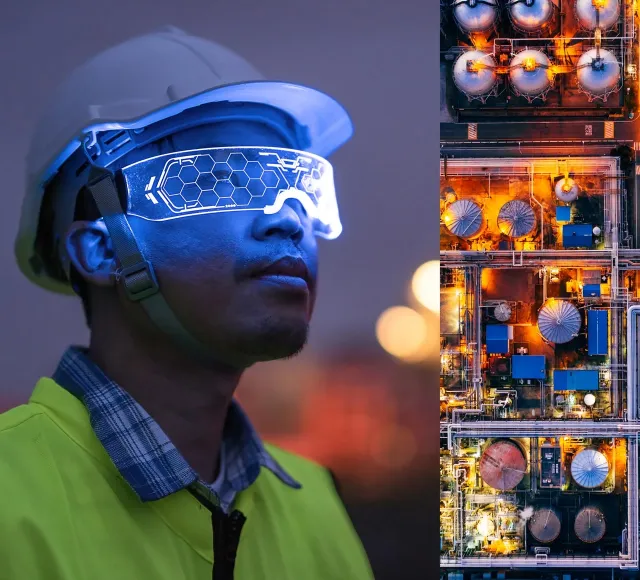
CONNECTIVITÉ HAUTE PERFORMANCE POUR LES ENTREPRISES
DES COMMUNICATIONS FIABLES SONT ESSENTIELLES EN ENTREPRISE
Une connectivité fiable est aujourd’hui essentielle pour les entreprises, même dans les régions éloignées ou mal desservies.
La résilience du réseau, la sécurité et l’assurance des données sont autant d’éléments essentiels sur lesquels les entreprises doivent pouvoir compter pour protéger leurs opérations et leurs clients et prendre en charge les applications critiques.
- Collecte, transmission et traitement de données provenant de sites à distance parfois dépourvus de personnel, pour faciliter la surveillance, l’analyse en temps réel et la prise de décision.
- Connexion aux services de cloud computing pour accéder à distance aux données stockées et aux capacités de traitement des données.
- Accès aux données stockées pour fournir des services personnalisés, fiables et sécurisés aux clients.
- Utilisation des services de communication pour se connecter aux applications métier, y compris le traitement des paiements.

UNE CONNECTIVITÉ SATELLITE ADAPTÉE AUX ENTREPRISES, PARTOUT
Nous adaptons notre infrastructure, nos plans et nos fonctionnalités de réseau satellite uniques aux exigences spécifiques de nos clients.
COUVERTURE MONDIALE
La couverture mondiale par satellite offre un réseau de communication primaire ou de secours pour les applications fixes et mobiles, même dans les zones rurales, éloignées ou mal desservies.
FLEXIBILITÉ
Nos outils de gestion de services dynamiques et nos packages flexibles s’adaptent à la demande et à vos besoins.
ROBUSTESSE
Matériel robuste installé par des prestataires de services certifiés, pour une continuité de service et une maintenance allégée.
SÉCURITÉ
Les solutions multi-orbites et la compatibilité avec les réseaux privés garantissent des performances et une redondance exceptionnelles.
QUALITÉ DE SERVICE
Accords de niveau de service incluant un débit d’information engagé et un débit d'information maximal.
SOUTENIR LA RÉUSSITE DES ENTREPRISES DE TOUS SECTEURS
Chez Eutelsat, nos équipes du monde entier travaillent en étroite collaboration avec un réseau de partenaires spécialisés et certifiés pour vous garantir les meilleurs conseils en matière d’installation, d’équipement et d’activation de services.
Ensemble, nous proposons un portefeuille de services comprenant une capacité réseau pure, ainsi que des packages flexibles et des services managés. Nous adaptons nos solutions de connectivité satellite destinées aux entreprises pour les intégrer à votre réseau et à votre configuration informatique afin de garantir les meilleures performances et la meilleure qualité de service pour votre entreprise, votre personnel et vos clients.
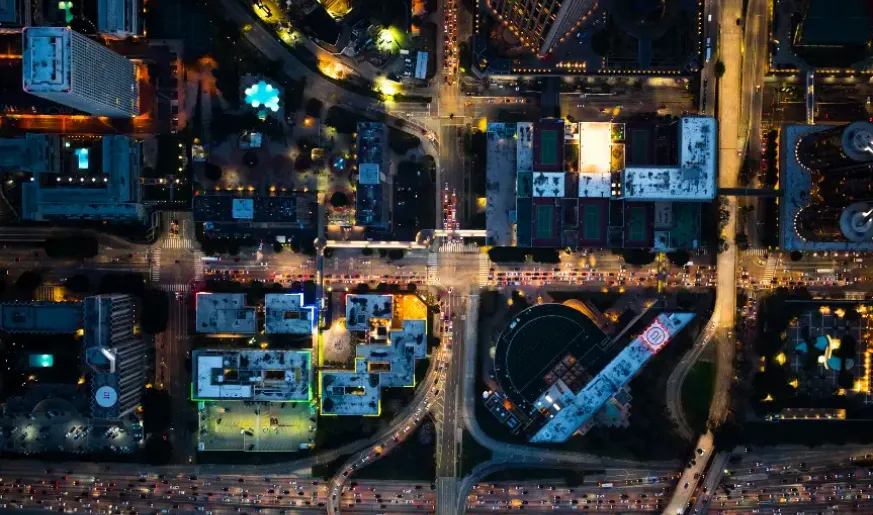
SOUTENIR LA RÉUSSITE DES ENTREPRISES DE TOUS SECTEURS

Wi-Fi communautaire
Un accès Internet et réseau abordable dans les zones mal desservies, contribuant à réduire la fracture numérique.
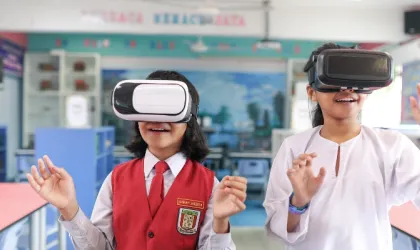
Éducation
Les écoles et centres de formation des communautés mal desservies ou éloignées bénéficient de services Internet haut débit fiables.
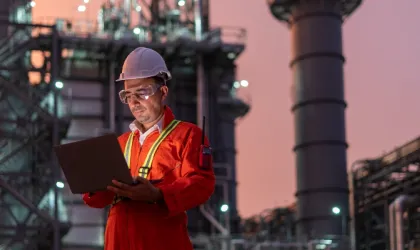
Énergie
Tirez parti d’une connectivité résiliente pour la collecte de données, les applications critiques et les canaux de communication, par tous les temps et sur tous les terrains.
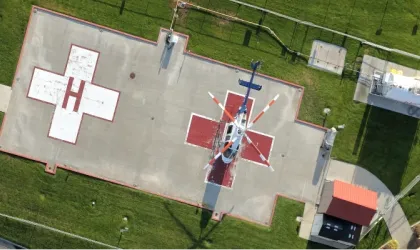
Santé
Accédez à des systèmes de santé centralisés et à des services de télésanté ouverts pour les patients vivant dans des communautés rurales et mal desservies.
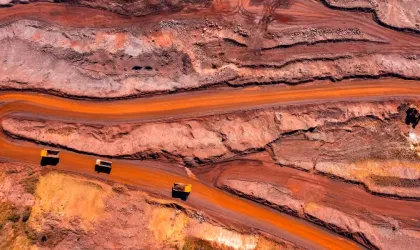
Exploitation minière
Déployez la connectivité sur des sites situés dans des zones reculées pour l’exploration, les automatisations et le suivi approfondi des actifs sur le terrain.
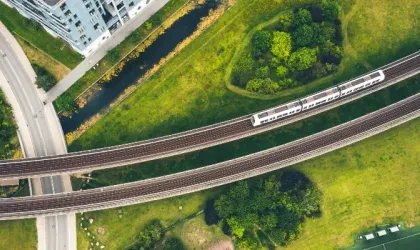
Transport ferroviaire et routier
Connectez-vous aux systèmes intégrés en mouvement et aux infrastructures de transport pour améliorer les communications des passagers et du personnel.
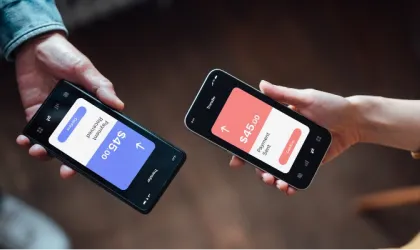
Commerce de détail et banque
Tirez profit de la connectivité pour les services de détail et bancaires, y compris les applications sensibles à la latence.